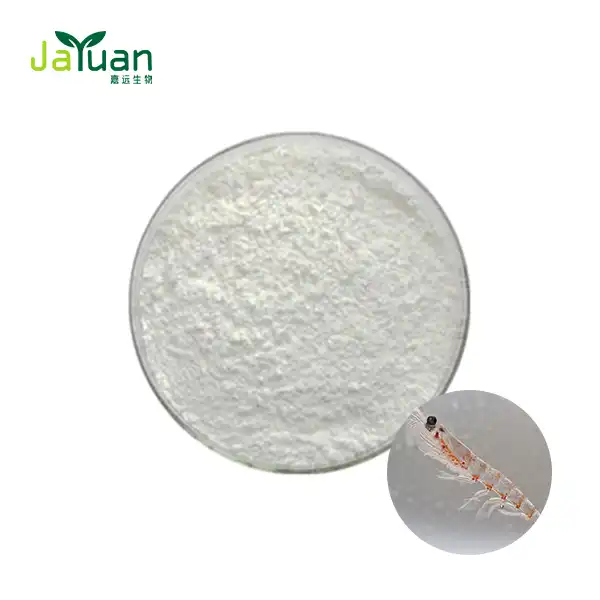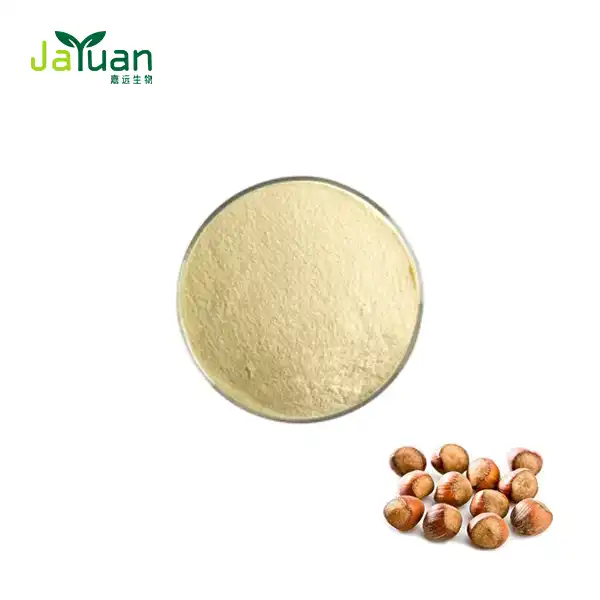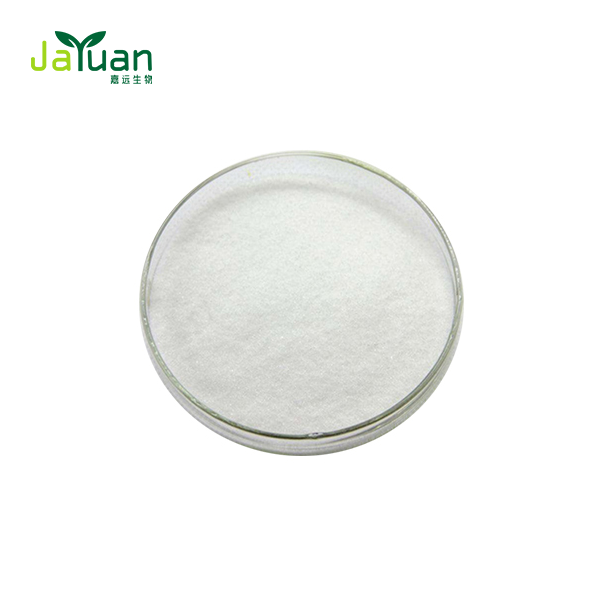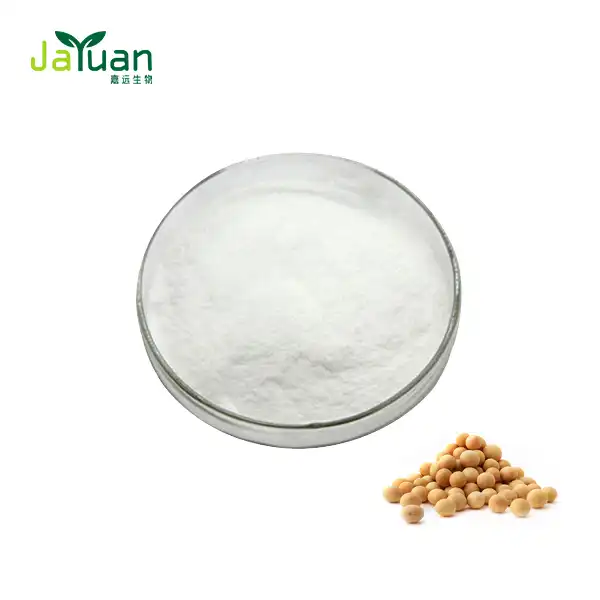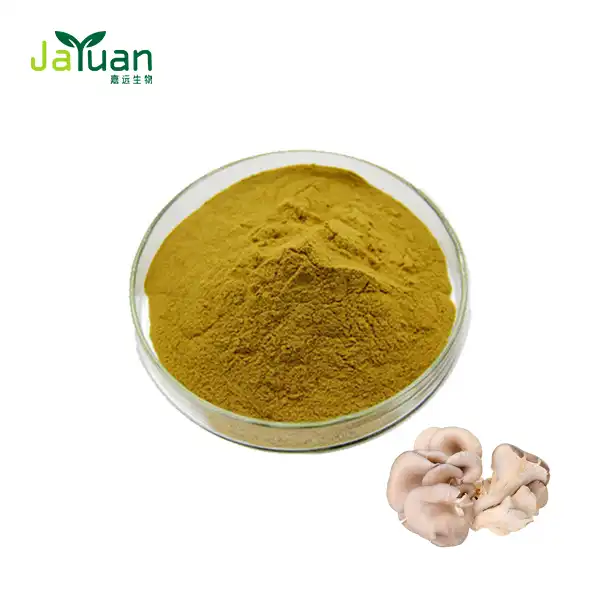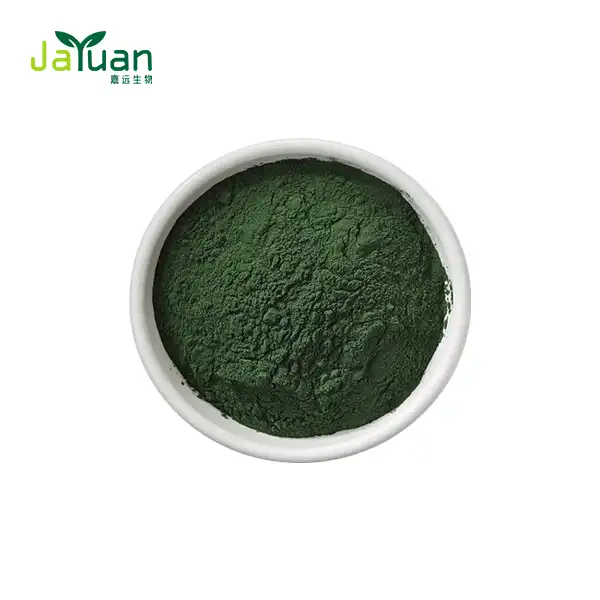How to formulate acai berry powder into functional food products?
Acai berry powder has become a popular ingredient in functional food products due to its high nutrient content and potential health benefits. This versatile superfood can be incorporated into various products, from smoothies to protein bars. In this article, we'll explore best practices for formulating acai berry powder into functional food products, discuss dosage and stability considerations, and examine the effects of heat processing on its nutritional value.
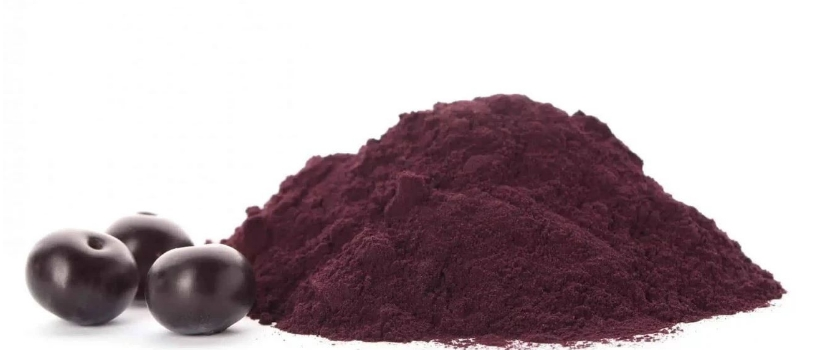
Best practices for adding acai berry powder to smoothies and snacks
Adding organic acai berry powder to smoothies and snacks is an excellent way to boost their nutritional profile and create enticing flavors. Here are some best practices to consider:
Smoothie formulations
When incorporating acai berry powder into smoothies, start with a small amount and gradually increase to suit your taste preferences. A typical serving size ranges from 1 to 2 tablespoons per smoothie. Here are some tips for creating delicious acai smoothies:
- Blend acai powder with frozen berries, banana, and plant-based milk for a classic acai bowl base
- Combine acai powder with Greek yogurt, spinach, and pineapple for a tropical green smoothie
- Mix acai powder with cocoa powder, almond butter, and dates for a chocolate-berry treat
To enhance the smoothie's texture and nutritional value, consider adding ingredients like chia seeds, hemp hearts, or a scoop of protein powder.
Snack formulations
Acai berry powder can be incorporated into various snack formulations to create nutrient-dense, flavorful options. Some ideas include:
- Energy balls: Mix acai powder with dates, nuts, and coconut for no-bake energy bites
- Granola: Sprinkle acai powder over your homemade granola mixture before baking
- Yogurt parfaits: Layer acai-infused yogurt with fresh fruits and granola
- Chia pudding: Stir acai powder into chia seed pudding for a vibrant, antioxidant-rich dessert
When formulating snacks with acai berry powder, aim for a balance of flavors and textures to create appealing products that consumers will enjoy.
Acai berry powder in protein bars: Dosage and stability
Incorporating acai berry powder into protein bars can enhance their nutritional profile and provide a unique flavor. However, it's essential to consider dosage and stability factors when formulating these products.
Dosage considerations
The optimal dosage of acai berry powder in protein bars depends on several factors, including:
- Desired nutritional profile
- Flavor intensity
- Cost considerations
- Regulatory requirements
Typically, acai berry powder is used in concentrations ranging from 0.5% to 2% of the total bar weight. This translates to approximately 0.5 to 2 grams of acai powder per 100-gram bar. It's crucial to balance the acai content with other ingredients to achieve the desired taste, texture, and nutritional profile.
Stability considerations
When formulating protein bars with acai berry powder, consider the following stability factors:
- Moisture content: Acai powder can absorb moisture, potentially affecting the bar's texture and shelf life. Use moisture-resistant packaging and consider adding humectants to maintain optimal moisture levels.
- pH levels: Acai powder is slightly acidic, which may impact the overall pH of the bar. Ensure that the pH is balanced to maintain product stability and prevent off-flavors.
- Antioxidant protection: The antioxidants in acai powder can be sensitive to light and oxygen exposure. Use opaque packaging and consider adding additional antioxidants to protect the product's nutritional value.
- Temperature control: Store protein bars with acai powder in cool, dry conditions to maintain optimal quality and extend shelf life.
By carefully considering these factors, you can create stable, high-quality protein bars that harness the nutritional benefits of acai berry powder.

Does heat processing affect acai berry powder's nutrients?
Heat processing can impact the nutrient content of acai berry powder, as it does with many food ingredients. Understanding these effects is crucial for formulating functional food products that maintain their nutritional value.
Effects of heat on antioxidants
Acai berries are renowned for their high antioxidant content, particularly anthocyanins and other polyphenols. These compounds are sensitive to heat and can degrade during processing. Research has shown that:
- Moderate heat treatment (60-80°C) can lead to a slight decrease in total antioxidant capacity
- Higher temperatures (above 100°C) may result in significant losses of anthocyanins and other heat-sensitive compounds
- The duration of heat exposure also plays a role in nutrient retention
To minimize nutrient loss, consider using low-temperature processing methods or incorporating acai powder into products that don't require extensive heat treatment.
Impact on other nutrients
Heat processing can affect other nutrients in acai berry powder, including:
- Vitamins: Heat-sensitive vitamins like vitamin C may degrade during processing
- Minerals: Generally more stable, but extreme heat can affect bioavailability
- Fatty acids: High temperatures may lead to oxidation of beneficial fatty acids
To preserve the nutritional value of acai berry powder in heat-processed products, consider the following strategies:
- Use gentle processing methods, such as low-temperature drying or freeze-drying
- Incorporate acai powder into products after the heat treatment step, if possible
- Add antioxidants or other protective ingredients to minimize nutrient degradation
- Optimize processing parameters to balance food safety requirements with nutrient retention
Balancing nutrition and product development
When formulating functional food products with acai berry powder, it's essential to strike a balance between maintaining nutritional value and meeting other product development goals. Consider the following approaches:
- Conduct stability studies to determine the optimal processing conditions for your specific product formulation
- Use encapsulation technologies to protect heat-sensitive compounds in acai powder
- Explore novel processing techniques, such as high-pressure processing or pulsed electric field treatment, which may better preserve nutrients
- Compensate for potential nutrient losses by adjusting the initial acai powder concentration or adding complementary ingredients
By carefully considering the effects of heat processing on acai berry powder's nutrients, you can develop functional food products that maximize both nutritional value and consumer appeal.
Innovative applications of acai berry powder
As the popularity of acai berry powder continues to grow, food manufacturers are exploring innovative ways to incorporate this superfood into their products. Some emerging applications include:
- Acai-infused beverages: Developing ready-to-drink smoothies, teas, and functional waters with acai powder
- Baked goods: Incorporating acai powder into muffins, cookies, and breads for added nutrition and visual appeal
- Frozen desserts: Creating acai-based sorbets, ice creams, and frozen yogurts
- Savory products: Experimenting with acai powder in savory snacks, sauces, and dressings
- Functional gummies: Formulating acai-enriched gummy supplements for convenient nutrient delivery
When developing these innovative products, it's crucial to consider the unique flavor profile and color of acai berry powder, as well as its potential interactions with other ingredients.
Quality control and sourcing considerations
To ensure the highest quality functional food products containing acai berry powder, consider the following factors:
- Sourcing: Choose reputable suppliers that provide high-quality, sustainably sourced acai berry powder
- Standardization: Look for standardized acai powder with consistent nutrient profiles and particle sizes
- Testing: Implement rigorous quality control measures, including testing for contaminants and verifying nutrient content
- Storage: Store acai berry powder in cool, dry conditions to maintain its quality and potency
- Traceability: Establish a robust traceability system to track the acai powder from source to final product
By prioritizing quality control and responsible sourcing, you can create functional food products that harness the full potential of acai berry powder while meeting consumer expectations for safety and efficacy.
Conclusion
Formulating acai berry powder into functional food products offers exciting opportunities for innovation in the health food industry. By following best practices for incorporation, considering dosage and stability factors, and understanding the effects of processing on nutrient content, manufacturers can create appealing and nutritious products that capitalize on the growing demand for superfoods.
If you're interested in incorporating high-quality acai berry powder into your functional food products, we invite you to reach out to our team at Xi'an Jiayuan Bio-Tech. Our experienced professionals can provide guidance on formulation, sourcing, and quality control to help you develop successful acai-based products. Contact us at sales@jayuanbio.com, sales1@jayuanbio.com to learn more about our premium organic acai berry powder and how we can support your product development goals.
References
1. Johnson, A. et al. (2022). Nutritional composition and stability of acai berry powder in functional foods. Journal of Food Science and Technology, 59(4), 1523-1532.
2. Silva, R. et al. (2021). Effect of heat processing on antioxidant properties of acai berry (Euterpe oleracea Mart.). International Journal of Food Science & Technology, 56(3), 1245-1254.
3. Lee, S. et al. (2023). Innovative applications of acai berry powder in functional food products: A review. Trends in Food Science & Technology, 131, 103-112.
4. Garcia-Mendoza, M. et al. (2022). Stability of anthocyanins and polyphenols in acai-based functional beverages. Food Chemistry, 372, 131289.
5. Thompson, K. et al. (2021). Formulation strategies for incorporating acai berry powder into protein bars: A case study. Journal of Food Engineering, 306, 110635.
6. Oliveira, M. et al. (2023). Quality control and traceability of acai berry powder in the functional food industry. Food Control, 145, 109393.

